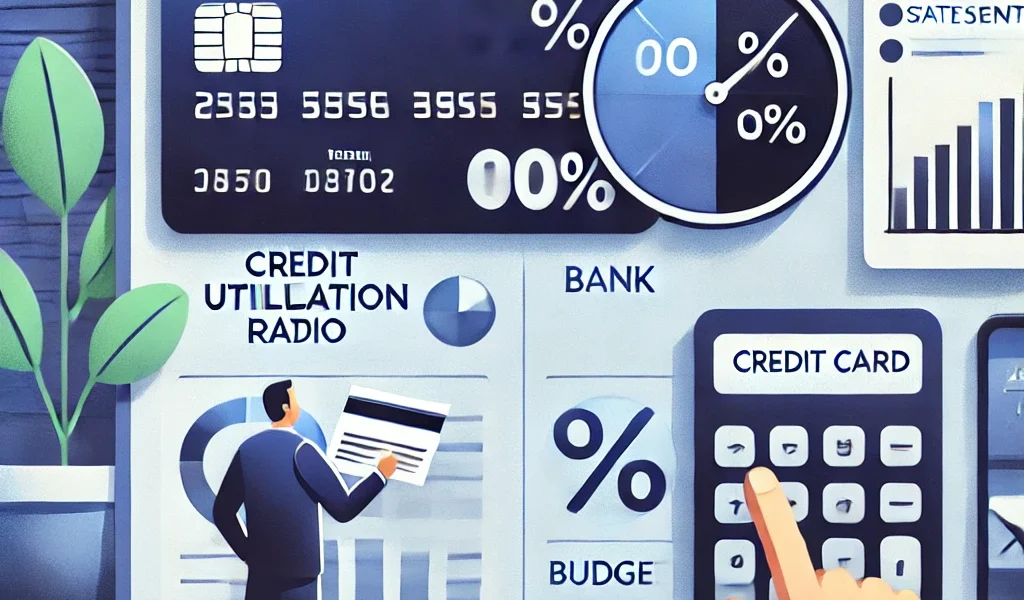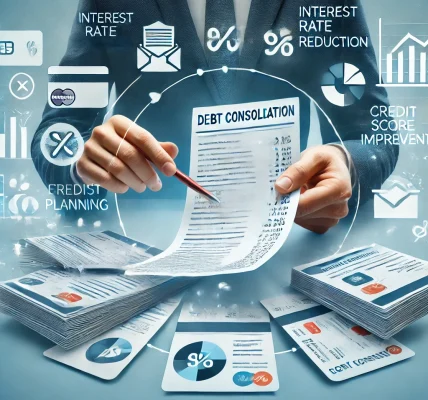Introduction
Your credit utilization ratio is one of the most crucial factors influencing your credit score. If you’ve ever wondered why your credit score fluctuates even when you make timely payments, your credit utilization could be the answer.
In this DIY guide, we’ll break down what the credit utilization ratio is, why it matters, and provide actionable steps to improve it while maintaining financial stability.
What is the Credit Utilization Ratio?
The credit utilization ratio (CUR) is the percentage of your available credit that you are currently using. It is calculated as follows:
Credit Utilization Ratio = (Total Credit Used / Total Credit Limit) × 100
For example:
- If you have a total credit limit of $10,000 and a current balance of $3,000, your credit utilization ratio is 30%.
Why is Credit Utilization Important?
- It accounts for 30% of your FICO credit score.
- A high utilization ratio indicates higher risk to lenders.
- Lower utilization suggests you are managing credit responsibly.
How Credit Utilization Affects Your Credit Score
- High Credit Utilization Lowers Your Score
- Credit scores drop when utilization exceeds 30% of your total limit.
- Maxing out credit cards signals financial distress to lenders.
- Low Utilization Improves Your Score
- Using less than 10% of your available credit shows responsible credit management.
- Credit Score Fluctuations
- Even if you pay your balance in full, high utilization before the billing cycle closes can temporarily lower your score.
Ideal Credit Utilization Ratio for a Good Credit Score
| Utilization Percentage | Impact on Credit Score |
|---|---|
| 0% – 10% | Excellent |
| 10% – 30% | Good |
| 30% – 50% | Fair |
| 50%+ | Poor |
How to Improve Your Credit Utilization Ratio
1. Pay Off Balances Frequently
- Make multiple payments before the statement closes to lower the reported balance.
- Paying down balances weekly instead of monthly reduces utilization.
2. Increase Your Credit Limit
- Request a credit limit increase from your card issuer.
- More available credit automatically lowers your utilization ratio.
- Ensure you don’t increase spending along with the limit!
3. Keep Old Credit Cards Open
- Closing a card reduces your available credit, increasing utilization.
- Keep unused credit lines open to maintain a healthy credit limit.
4. Distribute Balances Across Multiple Cards
- Instead of maxing out one card, spread usage across multiple accounts.
- This prevents one card from showing high utilization.
5. Pay Off Credit Card Debt Strategically
- Debt Snowball Method: Pay off small balances first for motivation.
- Debt Avalanche Method: Pay high-interest debt first to save money.
6. Use a Personal Loan to Pay Off Credit Card Debt
- Personal loans do not count toward credit utilization.
- Consolidating credit card debt into a loan can lower CUR instantly.
7. Set Balance Alerts
- Many credit card issuers allow you to set alerts when utilization exceeds 30%.
- Helps you stay proactive before it affects your score.
Myths About Credit Utilization
Myth 1: Carrying a Balance Improves Your Score
- Reality: Paying off your balance in full each month is better for your score and financial health.
Myth 2: A 0% Utilization Ratio is Best
- Reality: Having some activity (even 1-5%) is better than never using credit at all.
Myth 3: Credit Utilization Only Matters on Individual Cards
- Reality: Both individual card utilization and overall utilization affect your score.
Final Thoughts
Your credit utilization ratio plays a significant role in determining your creditworthiness. Keeping it below 30% (or ideally under 10%) is a great way to boost your score, increase financial opportunities, and avoid unnecessary debt.




